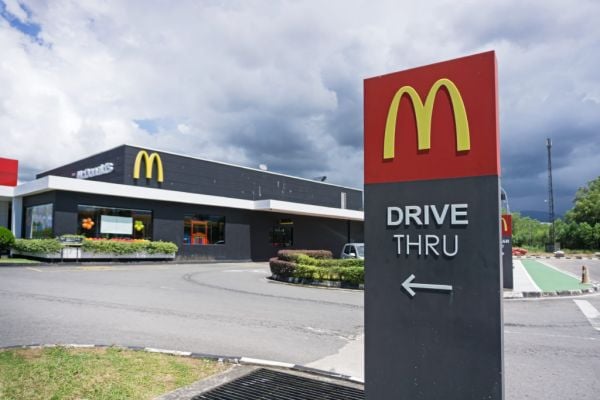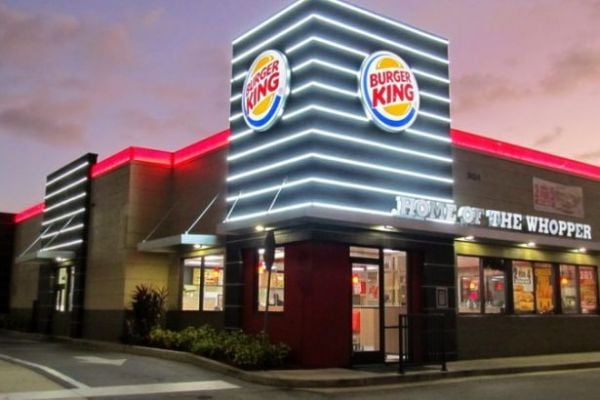A labour crunch fuelled by improving consumer confidence is cooking in the restaurant industry as venues from San Francisco to New York increase wages and benefits to attract cooks, servers and dishwashers.
“We had an open call for staff I posted on at least three sites at up to $80 an ad,” said Casey Thompson, executive chef at Aveline in San Francisco. “Zero people came.”
Thompson increased hourly pay at the newly opened restaurant to $17 an hour from $11 for cooks who prepare abalone, pig cheek and seaweed soda bread.
Encouraged by an improving economy and growing appetite for dishes prepared in unusual ways with newfound ingredients, chefs such as Thompson are opening more fine-dining restaurants, helping boost total industry sales to an expected record high of $683 billion in 2014.
The jump in spending on eating out comes as the number of immigrants available to work at kitchens shrinks and restaurant employees take jobs in other sectors of an improving labour market. The job crunch extends from upscale restaurants to fast-food chains and from Arizona and Texas to Washington, and New York, said Chris Christopher, director, U.S. & global consumer economics at IHS Economics, a Lexington, Massachusetts-based research firm.
“Increased income in upper household income brackets is fueling increased demand in full service restaurants,” Christopher said. “Consumers are feeling more confident about things and will splurge. Instead of going out to eat once a month at the corner fancy restaurant, they will go twice.”
‘Flipping Burgers’
Escalating competition is leading restaurants to pay employees more so they don’t leave “even if they are just flipping burgers,” he said.
The demand contributed to 644,000 open jobs in the accommodation and food services sector on the last business day of May, an increase of 209,000 positions from a year earlier and the highest monthly level since the U.S. Bureau of Labor Statistics began tracking the data in 2000.
The surge in openings comes as employment at restaurants and bars grew more quickly than the overall economy, with 10.7 million workers in June, up 3 percent from a year earlier, according to the U.S. Labor Department. That compares with a 1.8 percent gain for total payrolls over the same period, figures show.
The trend extends beyond the coasts. In Arizona, job growth in food services and drinking places rose 3.6 percent in 2013, outpacing total employment gains of 2.1 percent and causing average weekly restaurant wages to rise 1.3 percent -- almost twice total state wage growth, said George Hammond, Tucson-based director of the University of Arizona’s Economic and Business Research Center. Prices in the Phoenix area for food purchased away from home also climbed, he said.
‘Drawn Back’
“I would expect this to result in unemployed residents in other industries to be attracted to jobs in the restaurant/bar sector,” Hammond said in an e-mail. “I’d also expect some retirees to be drawn back into the labour market.”
Still, some labour economists are skeptical about the depth of the shortage.
“Employers often complain they can’t find skilled enough workers at the wages they want to offer -- that’s probably right,” said Gary Burtless, a labour economist at the Washington-based Brookings Institution. “It’s also the case that they aren’t offering very good wages.”
Workers in food services in Arizona earned $16,622 last year on average, more than the U.S. average of $16,446 and 1 percent less than in Texas, Bureau of Labor Statistics data shows.
Locally Sourced
Fine-dining restaurants geared to provide locally sourced meat and produce with white-tablecloth service are sprouting in states and cities outside traditional food Meccas.
An increasing population is leading to more restaurants in Arizona, which along with Texas, is expected to generate more dining jobs in the next decade than in any other state.
“We had two kinds of food when I was growing up: Mexican food and a different kind of Mexican food,” said Steve Chucri, president of the state’s restaurant association. “Now people are always looking to try new concepts.”
Phoenix-based Chef Justin Beckett, who plans to hire 30 people this month for a new venture, said it is difficult to find employees as consumer appetite for gourmet cuisine grows and “more talented chefs in town are starting their own restaurant, or second or third restaurants.”
Five-Star Experience
“There are restaurants paying two to three dollars an hour more than our current pay scale,” said Beckett, who seeks a five-star experience at a three-star price for deep fried deviled eggs and chocolate dipped bacon s’mores at Beckett’s Table. “We are a smaller restaurant group -- we don’t have the financial resources that some of the larger groups do.”
The expansion of Arizona’s restaurant industry comes as 300,000 people have left the state since 2007 following passage of anti-immigration legislation and the housing crisis, including workers chefs relied on, Chucri said.
Food and drinking establishments lack a visa programme, said Angelo Amador, a vice president at the Washington-based National Restaurant Association. Immigration legislation approved by the Senate included such a provision. The House isn’t scheduled to take up the bill.
“In places where there are shortages I see a move in many restaurants to do more automation,” Amador said. “That trend will continue unless there is immigration reform to bring other workers.”
A hunger for new restaurants in the nation’s capital is frustrating seasoned chefs.
’Very Difficult’
“A busy night at Marcel’s is 120 people and I’ll have 13 cooks, plus two sous chefs, plus a chef de cuisine running the kitchen,” said Chef Robert Wiedmaier, who opened the French-Belgian restaurant 15 years ago. “It’s very difficult to find talented, hard-working chefs.”
Marcel’s needs 37 people, 20 in the front of the house including bartenders, servers and managers and 17 in the back such as chefs and dishwashers.
In New York City, restaurateurs like the Union Square Hospitality Group are skipping culinary schools and hiring high school interns willing to make lower wages in exchange for experience.
“Look at how many great food cities there are out there for someone graduating from culinary school,” said Sabato Sagaria, the group’s chief restaurant officer. “Instead of having to go to San Francisco, New York, or Chicago, they can go to Charleston or Nashville where the cost of living is more affordable.”
Job Fair
New York-based Union Square, which employs 3,500, is holding its first-ever job fair on July 19.
The shortage is also being felt in states experiencing an energy boom. In Midland, Texas in the Permian Basin, workers at Firehouse Subs can earn $15 an hour, almost twice the average hourly pay at stores elsewhere, said Don Fox, chief executive of Jacksonville, Florida-based Firehouse of America LLC.
“Because of a robust economy and a real tight labor market it’s tough to attract people,” he said. “Restaurants there are doing significantly higher sales volumes, so they can afford to pay the wages.”
Firehouse Subs replaces as many as 10 of the 15 employees at each of its 31 company-owned restaurants each year, Fox said, adding the turnover rate is lower than the industry average of 200 percent. In these stores, Fox rolled out health care this year, a “substantial benefit and raise for full-time employees,” he said.
At San Francisco’s Aveline, Thompson, who competed on the Bravo cable television network’s Top Chef and relies on local farms, artisans and wine purveyors, said a fruitless search for staff requires existing employees to work overtime.
“My pastry chef hasn’t had a day off since before we opened -- she’s been working almost two months without a day off,” said Thompson. “It’s crazy, I’ve never seen anything like it.”
Bloomberg News edited by HI









